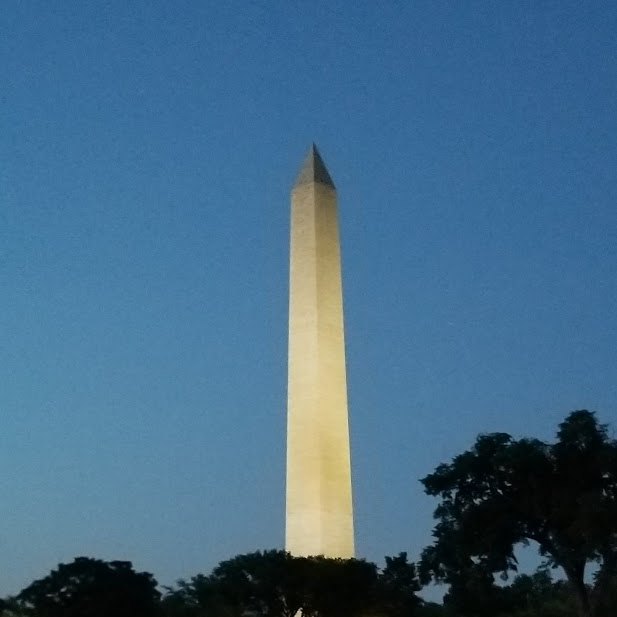Monumental Legacy: Honoring George Washington and American Ideals
In 1885, 800 people gathered for a dedication ceremony at the Washington Monument on a cold day. This obelisk stands almost due west of the U.S. Capitol and south of the White House, dedicated to George Washington, the first president of the United States and a founding father.
The idea for the Washington Monument was first proposed in 1783, and as early as 1791, architect Pierre L'Enfant set aside a spot for the tower in his plans for the new U.S. capital. Not until 1832, on the centennial of Washington's birth, were serious talks about a memorial to the "father of his country" put forward. An Egyptian obelisk offered for the monument was designed by architect Robert Mills. The cornerstone was laid on July 4, 1848.
However, infighting in the political arena in the 1850s brought the construction to a grinding halt, and it never picked up again during the American Civil War. In 1876, spurred by the American centennial, Congress passed legislation to appropriate $200,000 to complete this grand project.
With great fanfare, in February 1885, the Washington Monument was formally dedicated. The 555-foot marble obelisk was the tallest structure on Earth, holding that title until 1889 when the Eiffel Tower opened to the public. The legislation that passed more than a century ago—the Heights of Buildings Act of 1910—still makes it so today by restricting how high new buildings can be to a maximum of 20 feet taller than the width of adjacent streets.
The dedication was presided over by President Chester A. Arthur. In his speech, he said:
"I do now, on behalf of the people, receive this monument and declare it dedicated from this time forth to the immortal name and memory of George Washington."
In fact, before it even opened, the Washington Monument tempted large crowds. Six months after its dedication, over 10,000 people ascended through its 898 steps and 50 landings to the pinnacle. By 1888, an average of 55,000 people visited each month following an alteration of an elevator carrying passengers to see panoramic views from above.
But the fact is that since the start of August 2016, this historical monument, 76 meters high, has been no longer accessible to visitors at its top because of reliability problems in its elevator system.



Comments
Post a Comment